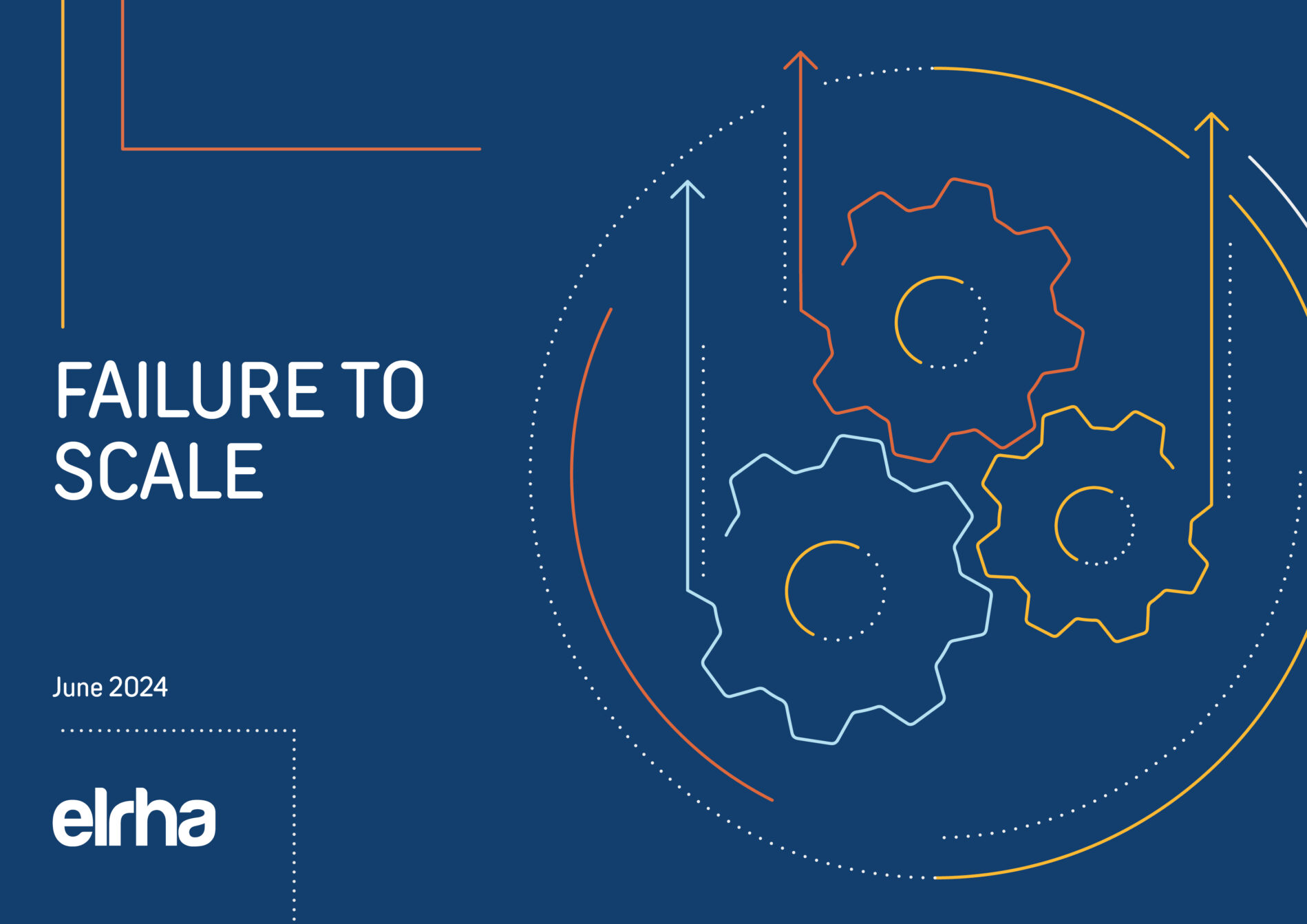Still left in the dark? How people in emergencies use communication to survive – and how humanitarian agencies can help

In 2008, a BBC World Service Trust policy briefing argued that people affected by earthquakes, floods or other emergencies often lacked the information they needed to survive and that this only added to their stress and anxiety. Then, the main danger was that people affected by humanitarian emergencies would continue to be left in the dark when disaster struck, deprived of the information that would help them to understand what was happening and what they could do to survive. Unquestionably, the biggest single change in the communications sector since 2008 has been the explosion in access to communications technology among communities affected by disaster. It may now be the humanitarian agencies themselves – rather than the survivors of a disaster – who risk being left in the dark.